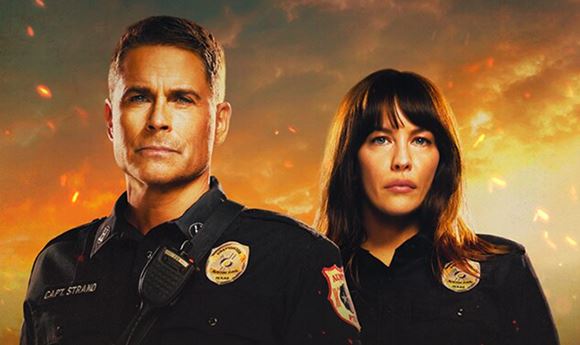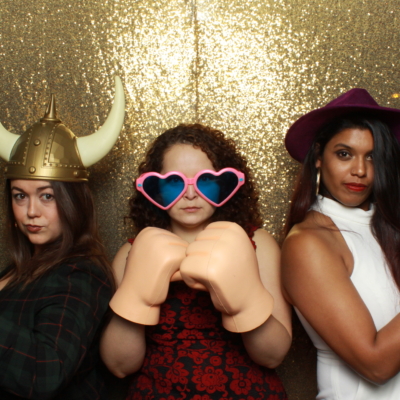Post Magazine: "9-1-1 Lone Star" w/VFX Supervisor Brigitte Bourque

FuseFX’s VFX supervisor Brigitte Bourque (pictured) recently provided insight into the studio’s work on the "9-1-1 Lonestar" series, which spans 10 episodes in its first season.
 What were the VFX needs for the show?
What were the VFX needs for the show?
“9-1-1 Lone Star had a very tight turnaround, with every episode portraying a different emergency. Therefore, all the visual effects needs varied greatly from episode to episode. We went from creating CG tornadoes and snakes to switching out horns on bulls. Because it's a show about firefighters, we had our fair share of fire and smoke episodes as well. One of the great things about this show is how much the production team utilizes practical effects, which allowed us to augment the in-camera effects and have seamless, realistic results.
“One of the biggest requirements of the show was to be ready for anything. Scripts and storylines developed and changed at a fast pace, and everyone from production to post had to be prepared to blow up a building or go to a space station with little to no advance warning. It was amazing what everyone was able to accomplish on such a demanding schedule.”
How many VFX are required for each episode?
“We ranged between 150 to 300 VFX shots per episode, with varying degrees of visual effects needs. They had a very challenging post schedule that compressed as the season went on. We were able to work with the post team to get some of the heavier VFX shots in-house early, but by the last episodes, we really only had four days to turn it around. That, coupled with the finale airing of two episodes back-to-back, made it a pretty massive feat for the FuseFX team to pull off.”
What tools does FuseFX use for animation, modeling, and compositing?
“We use Nuke as our compositing package and Mocha to assist with planar tracking. Our matte painting department uses Photoshop. To create CG snakes and bulls, our 3D department worked with 3ds Max and Houdini. TyFlow and SpeedTree were utilized for our tornado effects and to create trees getting blown around by the funnel clouds. We had a special requirement to make several environments with the Aurora Borealis, and for that, we used After Effects.”
Read the full article here: http://www.postmagazine.com/Publications/Post-Magazine/2020/January-February-2020/VFX-Foxs-I-9-1-1-Lone-Star-I-.aspx
About Brigitte Bourque:
Brigitte Bourque is a Visual Effects Supervisor with over 25 years of experience working in the film and television industry. Brigitte got her start in filmmaking as a script supervisor and production coordinator/assistant in Miami and Los Angeles before moving into visual effects as an artist. She has worked at studios such as ILM, Rhythm & Hues, CinesiteLA, and CIS-Hollywood before joining FuseFX in 2013. Her extensive credit list includes “The Planet of the Apes,” “Armageddon,” “The Chronicles of Riddick,” “Poseidon,” “Fast and Furious,” “The Chronicles of Narnia,” “X-men,” and “The Mummy Returns.”
At FuseFX, Brigitte works closely with our creative partners and production crews to provide pre-production concept/design, planning, on-set visual effects supervision, and the final delivery of post visual effects. Her recent credits include “9-1-1 Lone Star,” “9-1-1,” and “Empire.”


